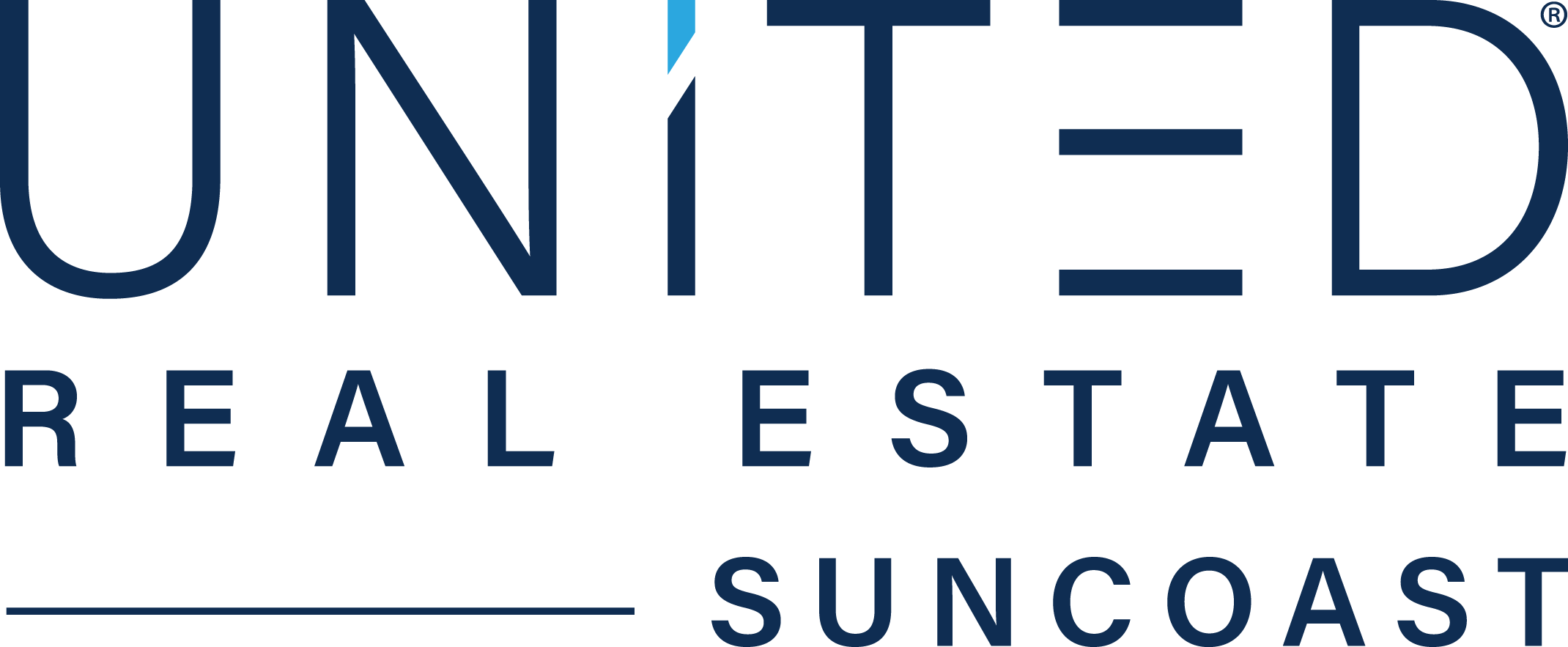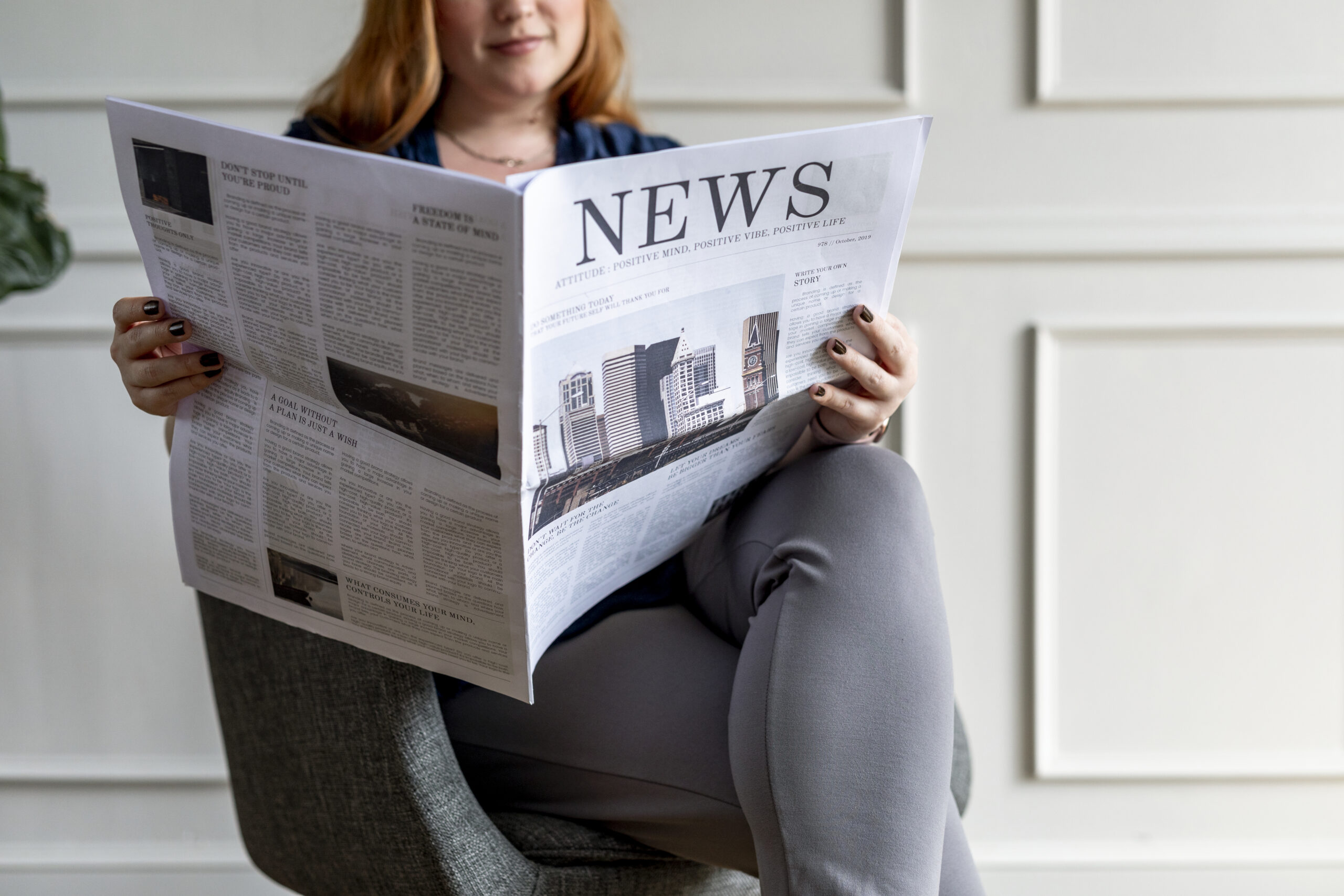LOS ANGELES — Home shoppers hoping for more attractive mortgage rates next year may be disappointed.
That’s the takeaway from several economists’ 2025 housing forecasts, most released over the past couple of weeks.
Most of the eight forecasts call for the average rate on a 30-year mortgage to remain above 6% next year, with some including an upper range as high as 6.8%.
That range would be largely in line with where rates have hovered this year. The average rate has gone as low as 6.08% in September — a 2-year low — and as high as 7.22% in May, according to mortgage buyer Freddie Mac. The average rate was 6.6% this week.
“Even by the end of next year it’s hard to see sub 6% mortgage rates,” said Mark Fleming, chief economist at First American, which predicts the average rate on a 30-year mortgage will range between 6% and 6.5% next year.
The biggest wildcard for mortgage rates next year is whether President-elect Donald Trump’s major policy initiatives will end up driving inflation and the national debt higher, which could keep mortgage rates elevated. That’s because what happens with inflation, the U.S. deficit and the economy can influence moves in the U.S. 10-year Treasury yield, which lenders use as a guide to price home loans.
Trump says he wants to impose tariffs on foreign goods, lower tax rates and lighten regulations, policies that could rev up the economy, but also fuel inflation and increase U.S. government debt.
Economists at Redfin project that the average rate on a 30-year mortgage will hover around 6.8% next year, citing expectations that Trump’s proposed tax cuts would increase the U.S. deficit and his tariffs plan could stoke inflation, ultimately pushing mortgage rates higher.
However, mortgage rates could drop to the low-6% range if the economy weakens or if plans for tariffs and tax cuts are dialed back, according to the forecast.
A couple of forecasts are more optimistic about how low the average rate on a 30-year mortgage will go in 2025. Fitch Ratings sees it ranging from 5.8% to 6.4%, while TD Economics predicts the average rate will drop to 5.8% by the end of the year.
The average rate is still below its historical average of 7% going back to 1971. But that’s little consolation to home shoppers now because over the last 10 years home prices have risen much more quickly than incomes.
“So it’s kind of having this double whammy on affordability that someone 30 years ago with a 6% rate wasn’t having to deal with,” said Lisa Sturtevant, chief economist at Bright MLS.
Rates in the 6% range would mean most homeowners with a mortgage would have to take on a higher rate than they currently have if they elected to sell their home and finance another. More than four in five homeowners with a mortgage have an existing rate below 6%, according to Realtor.com.
Economists see some bright spots for homebuyers next year. Those who can afford to buy regardless of where rates are, or who can bypass them altogether by tapping into home equity gains, should benefit from a continued increase in homes for sale and modest pace of home price growth.
Copyright 2024 The Associated Press. All rights reserved. This material may not be published, broadcast, rewritten or redistributed without permission.


